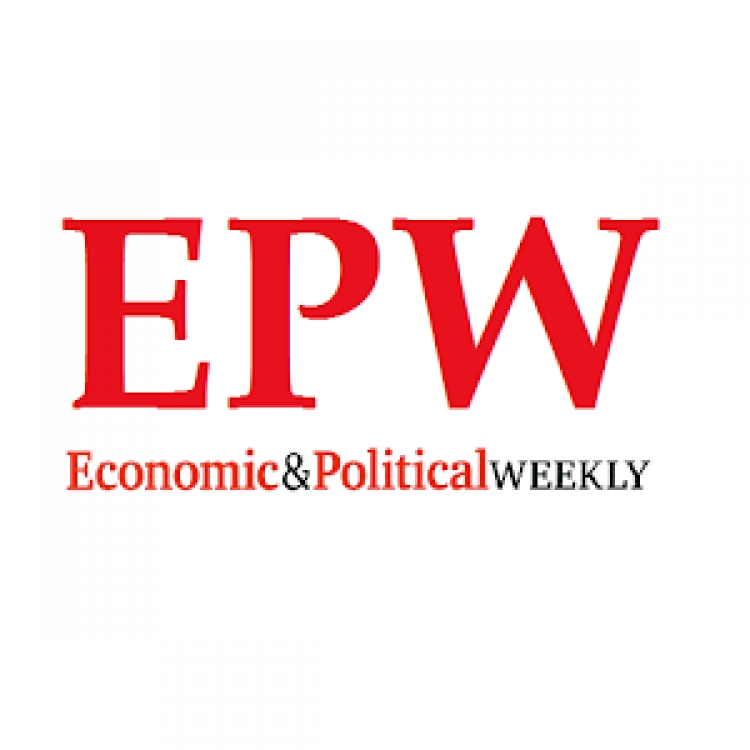
Analysis of Fringe Benefits Tax and Its Collection Pattern
16 Aug 2008 0 comment(s) Research Papers
A detailed research was carried out by me during 2007-08 while working with Ministry of Finance, Government of India on the contentious Fringe Benefits Tax (FBT), introduced in 2005 by the Government of India. I was granted special permission to access and use the e-filed data of various corporate taxpayers in India. The research report was submitted to the government, and subsequently, some essays/papers based on this research were published also.
The present paper, published in Economic and Political Weekly (issue dated 18 August 2008, Vol. 43, Issue 33) as first part of two essay series is a simplified presentation of various issues involved in the conception and administration of FBT. It may be noted that the tax was withdrawn by the Government within next two years.
A downloadable pdf file of the research paper is available below. Further, the link to the website of EPW is as follows:
The abstract of the essay is reproduced below:
A recent controversial tax policy change has been the introduction of the fringe benefits tax in 2005. The central government claims that it has been introduced to tax those kinds of fringe benefits, which are collectively enjoyed by employees in the form of facilities/amenities and are difficult to identify, segregate, and apportion among beneficiaries for taxation. Accordingly, the tax liability has been fixed on employers, not on employees. The fbt collection data for the first two years have been analysed here to gain insight for further reforming and fine-tuning the fbt regime. fbt collections from various sectors of the economy have been examined and the significant heads of fbt identified. The banking, petrochemical and infotech sectors are the largest contributors, and employee welfare, conveyance and telephone connections are the largest contributing heads of fbt.







Comments
0 comment(s)